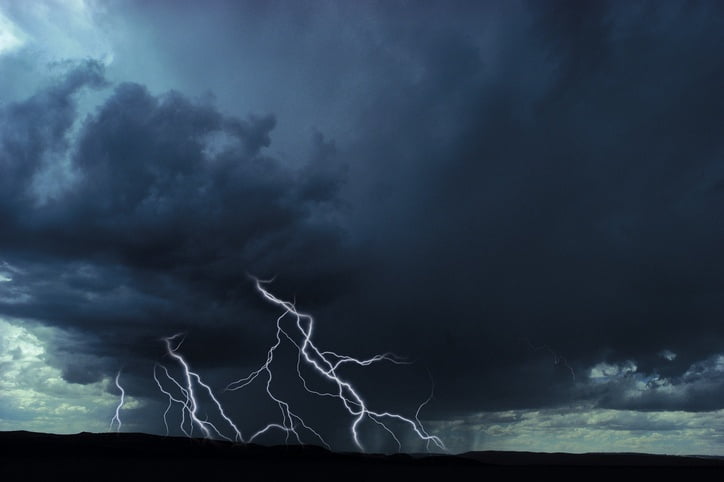What Makes Outdoor Electrical Enclosure Temperature Control Unique?
 Outdoor electrical enclosures are exposed to an unusual combination of unpredictable environmental conditions that can cause electrical equipment to malfunction or even fail. Constant exposure to uncontrolled environments can wreak havoc on outdoor applications unless the proper cooling and protection requirements are met.
Outdoor electrical enclosures are exposed to an unusual combination of unpredictable environmental conditions that can cause electrical equipment to malfunction or even fail. Constant exposure to uncontrolled environments can wreak havoc on outdoor applications unless the proper cooling and protection requirements are met.
Unlike normal indoor locations an outdoor electrical enclosure must withstand potential temperature extremes from solar heat gain and cold weather, moisture from rain, wind and corrosive marine environments. Every outdoor application is unique and may require water or dust-tight seals with additional corrosion resistance.
Determining the climate and environmental factors of the unit’s surroundings will help dictate the need to accurately calculate the size and type of cooling system required to best survive in outdoor environments, therefore reducing the chances of inefficient operation and electrical equipment failure.
Outdoor Temperatures Affecting System Performance
Although electrical control equipment housed within an outdoor electrical enclosure is sealed off from intense weather conditions, the enclosure cooling system must also be designed for possible extreme temperature variations.
Excess heat is all too often the prime cause of malfunction and failure of electrical components. Even when devices do not actually fail while exposed to high temperatures, their service life is shortened.
Heat load is the most important consideration while selecting a cooling system for an enclosure. For outdoor electrical enclosures solar heat gain must also be taken into account. Once the maximum ambient temperature and solar heat gain values are known, using the enclosure temperature management (ETM) calculator will help determine the ideal electrical enclosure cooling capacity.
Extremely cold temperatures during winter months may also have a detrimental impact on electrical equipment performance. If condensation forms on the inside of an outdoor electrical enclosure, a heating system may be required to keep internal temperatures within acceptable operational limits.
How Wind Can Affect Outdoor Electrical Enclosure Cooling
Wind itself isn’t an issue for well-designed outdoor electrical enclosures. However, problems can arise when particles of dirt, dust and debris enter an enclosure due to inadequate or broken seals. Excessive dust can clog air filters, affect cooling efficiency and heat transfer systems, reducing the effective lifespan of the cooling unit.
In most cases the presence of excessive dust will require the use of a closed-loop cooling system. The amount of cooling required to maintain safe operating temperatures will determine if an air-to-air heat exchanger or an enclosure air-conditioner must be used.
Keeping Moisture Out With a Sealed Enclosure
Even enclosures located indoors are susceptible to water spray and humidity, but driving rain during severe thunderstorms can easily enter an improperly sealed outdoor cabinet and damage the electrical equipment inside.
An outdoor electrical enclosure typically requires a cooling system that meets NEMA Type 4 standards providing protection against pressurized water and high humidity. In marine environments or in an area where the system might be exposed to corrosive materials, NEMA Type 4X is the best option.
Outdoor Environments Cannot be Controlled
Harsh environmental elements create unique reliability and protection needs for applications such as telecommunications, security systems, industrial equipment controls, automobile and railway traffic control signals.
With the number of hazards and applications that outdoor electrical enclosures encounter, it is important to consider all the present and potential environmental factors. If you need help determining the level of protection required when selecting an electrical enclosure cooling system, the experts at Thermal Edge have experience with cooling applications in all environments.


